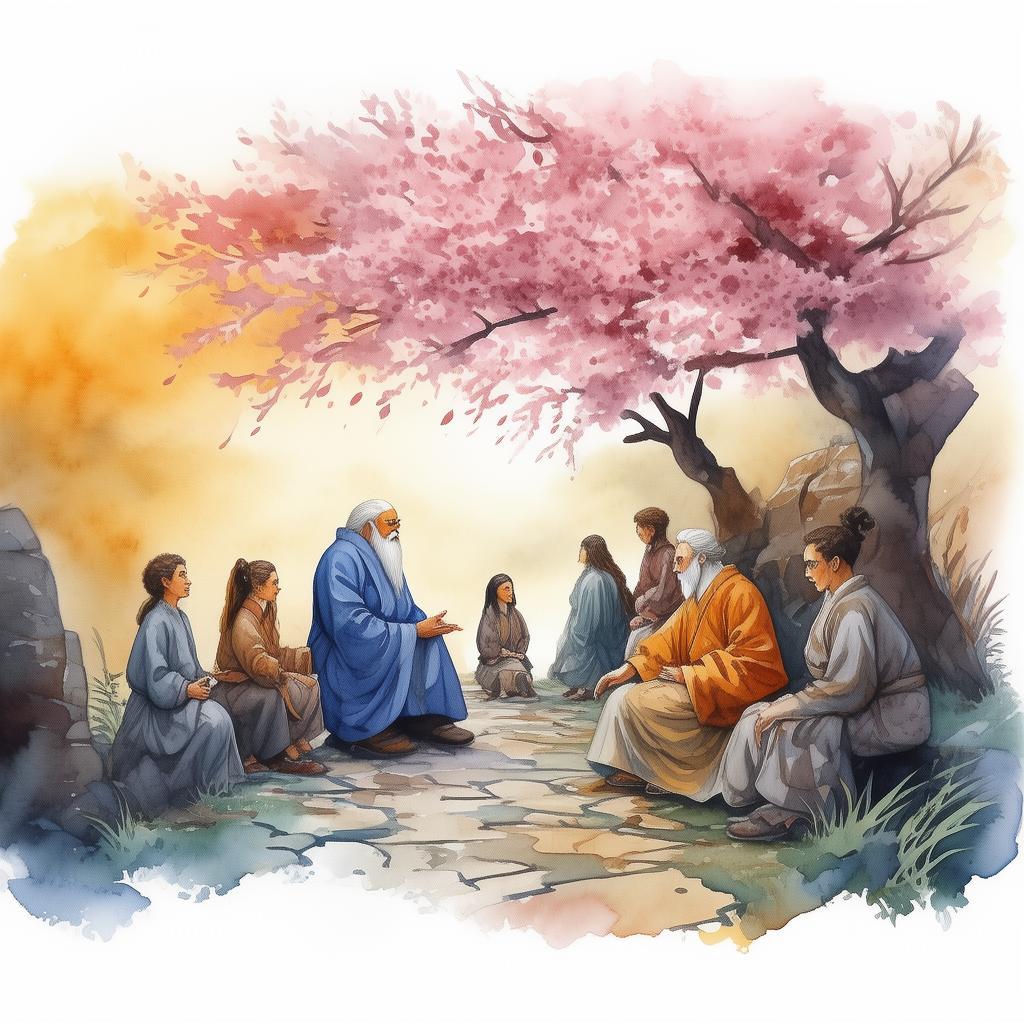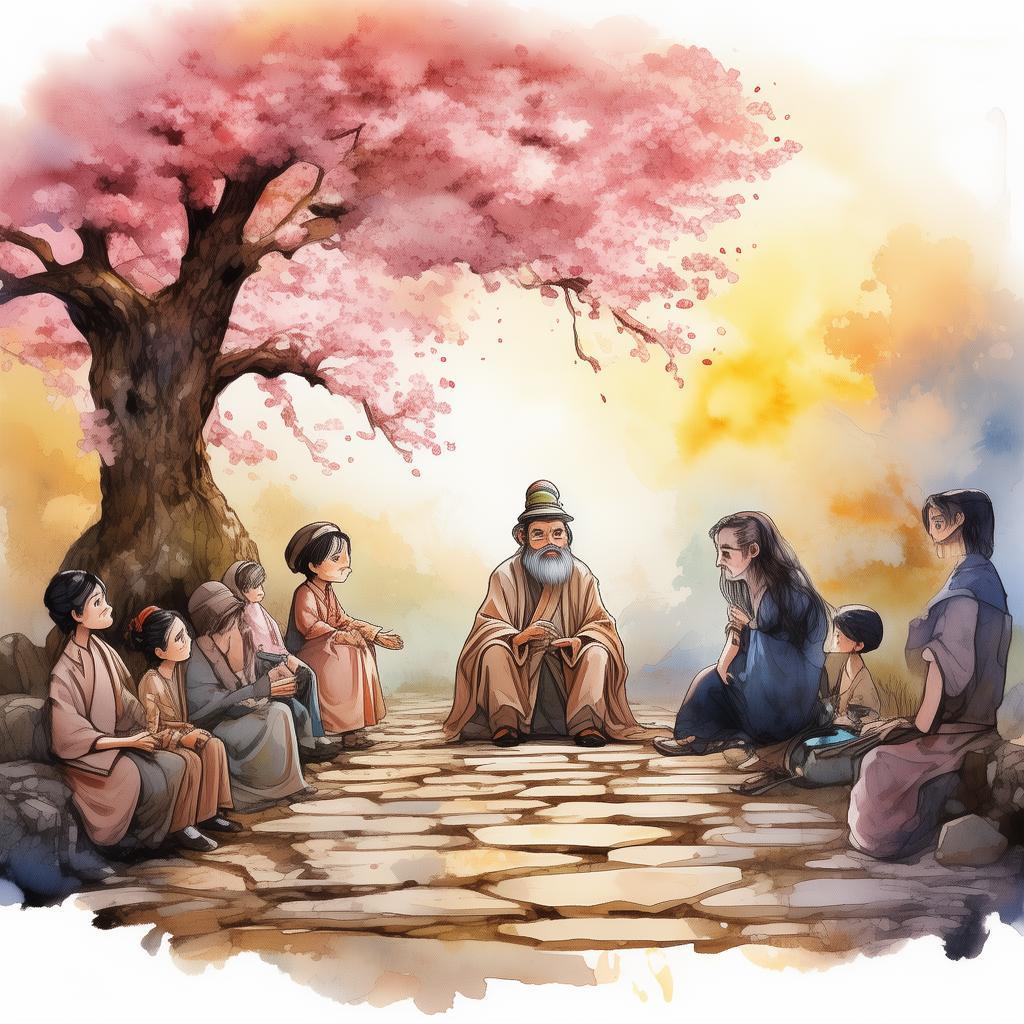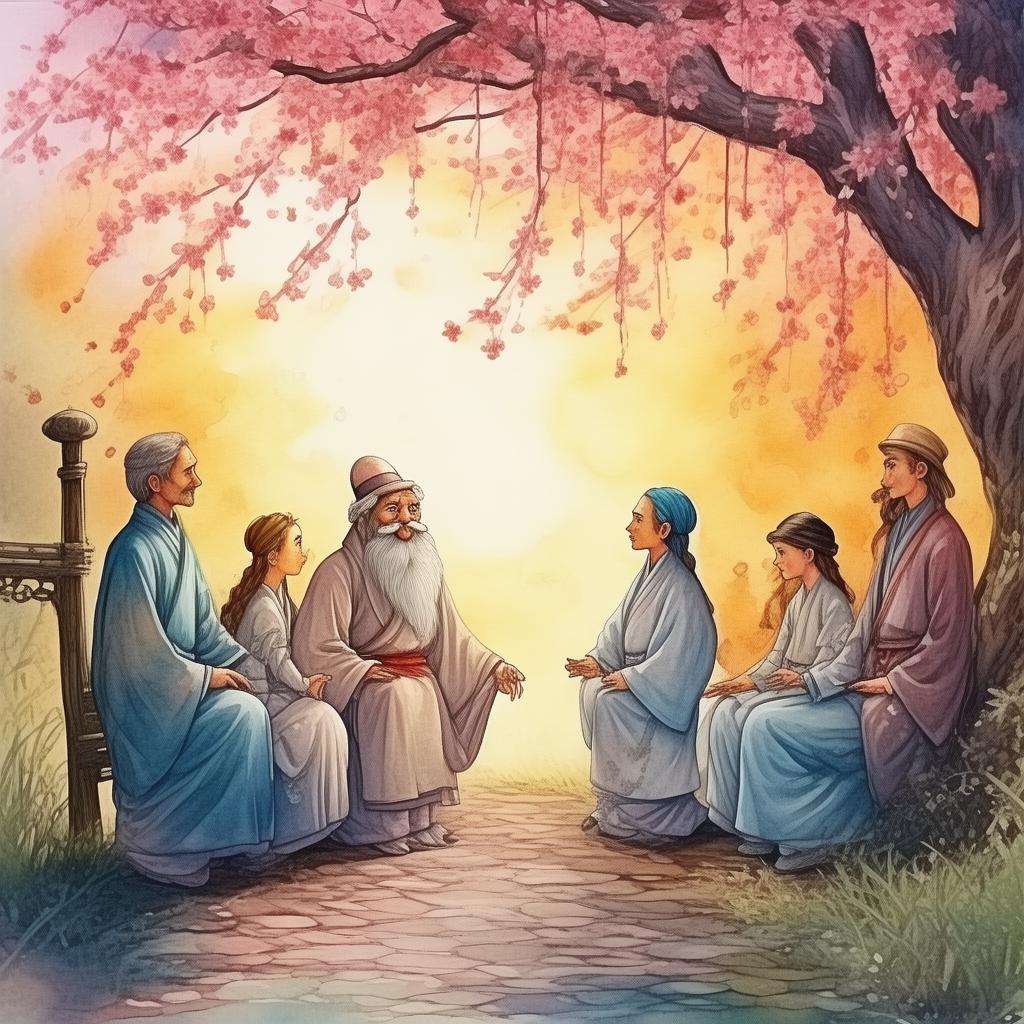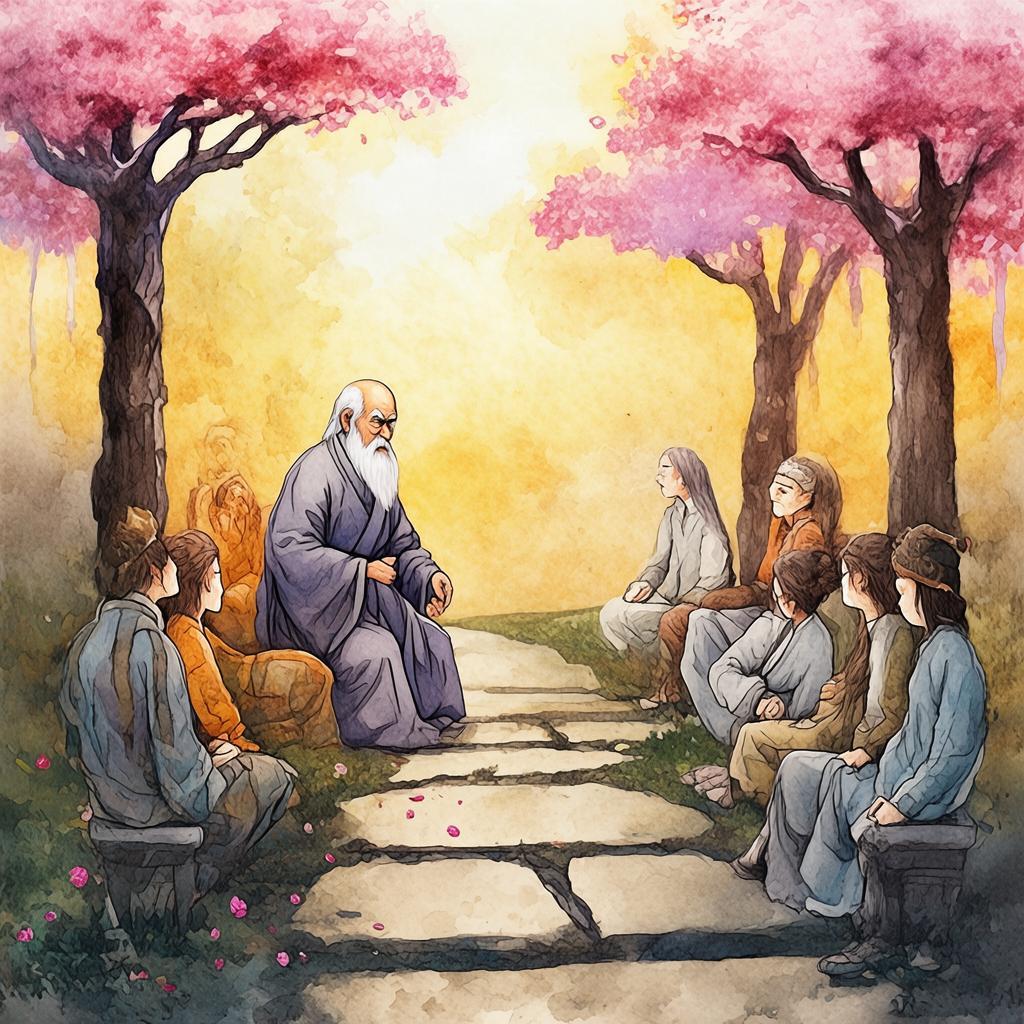Paradox of the Virtuous Blade
In the realm of Elysium, where the cultivation of the soul was the pinnacle of human achievement, there existed a sect known as the Virtue Order. The Order was a sanctuary for those who sought to perfect their virtues, their hearts pure and their actions just. Among its ranks was a paladin named Liang, whose life was a testament to the Order's ideals.
Liang was a master of the Virtuous Blade, a weapon imbued with the essence of justice and righteousness. His blade was a beacon of hope for the oppressed, a symbol of the Order's unwavering commitment to the moral high ground. Yet, even in the heart of virtue, there lay a paradox.
The story begins on a day when Liang received a mission from the High Priestess of the Virtue Order. She tasked him with delivering a sacred artifact to the remote village of Whispering Pines, a place shrouded in mystery and whispered to be cursed. The artifact was said to hold the power to cleanse the land of its ills, but it was also rumored to be the source of the curse itself.
Upon reaching Whispering Pines, Liang was greeted by a village elder, an old man with eyes that held the weight of countless secrets. The elder spoke of a dark force that had long plagued the village, a force that twisted the hearts of the innocent and corrupted the purest of intentions. The artifact, he said, was the key to breaking the curse, but it could also unleash a darkness that would consume the world.
Liang, torn between his duty to the Order and the villagers' plea for help, sought counsel from the High Priestess. She revealed to him the true nature of the artifact: it was a balance between light and dark, a paradox in itself. The artifact could only be wielded by one who understood the delicate dance between virtue and vice, who could harness its power without succumbing to its corruption.
As Liang pondered the High Priestess's words, he encountered a young woman named Mei, a cultivator whose path was as fraught with moral ambiguity as his own. Mei had been banished from the Virtue Order for her doubts about the Order's rigid adherence to virtue. She believed that true power lay in the balance between good and evil, not in the pursuit of one at the expense of the other.
Their paths crossed again in the heart of Whispering Pines, where the artifact lay hidden in the ancient temple at the center of the village. As they delved deeper into the temple's secrets, they discovered that the artifact was a fragment of a greater whole, a piece of a paradoxical entity that had once walked the earth.

The temple's final chamber held a trial of the soul, a test that would determine whether Liang and Mei could harness the artifact's power without falling into darkness. They faced a series of moral dilemmas, each designed to push them to their limits. In one trial, they were forced to choose between saving a group of innocent villagers or sacrificing them to save the world from a greater evil. In another, they had to decide whether to use the artifact's power to defeat a powerful enemy or to leave him to his fate, knowing that his fall would bring chaos upon the world.
Through their trials, Liang and Mei came to understand that the true essence of the artifact was not in its power, but in the balance it represented. They realized that the key to unlocking its potential lay not in their own virtues, but in their willingness to embrace the paradox of moral ambiguity.
In the end, Liang and Mei emerged from the temple as changed men and women. Liang, who had once seen virtue as the ultimate goal, now understood that the path to true power lay in the balance between good and evil. Mei, who had been banished for her doubts, found a new purpose in the Virtue Order, one that embraced the paradox of moral ambiguity.
As they returned to the Order, Liang and Mei faced the High Priestess, who accepted their newfound understanding. The High Priestess tasked them with a new mission: to travel the world, spreading the message of the Virtuous Blade and the balance it represented. They would be the Order's new guardians, not of virtue alone, but of the paradox that was the essence of the world they sought to protect.
The story of Liang and Mei, the paladin and the cultivator, became a legend within the Virtue Order. It was a tale of moral paradox, a reminder that the true strength of a hero lay not in the purity of their intentions, but in their ability to navigate the complex tapestry of right and wrong. And so, the Virtuous Blade, a symbol of justice and righteousness, became a symbol of the balance between virtue and vice, a paradox that would forever guide the path of the Virtue Order.
✨ Original Statement ✨
All articles published on this website (including but not limited to text, images, videos, and other content) are original or authorized for reposting and are protected by relevant laws. Without the explicit written permission of this website, no individual or organization may copy, modify, repost, or use the content for commercial purposes.
If you need to quote or cooperate, please contact this site for authorization. We reserve the right to pursue legal responsibility for any unauthorized use.
Hereby declared.









